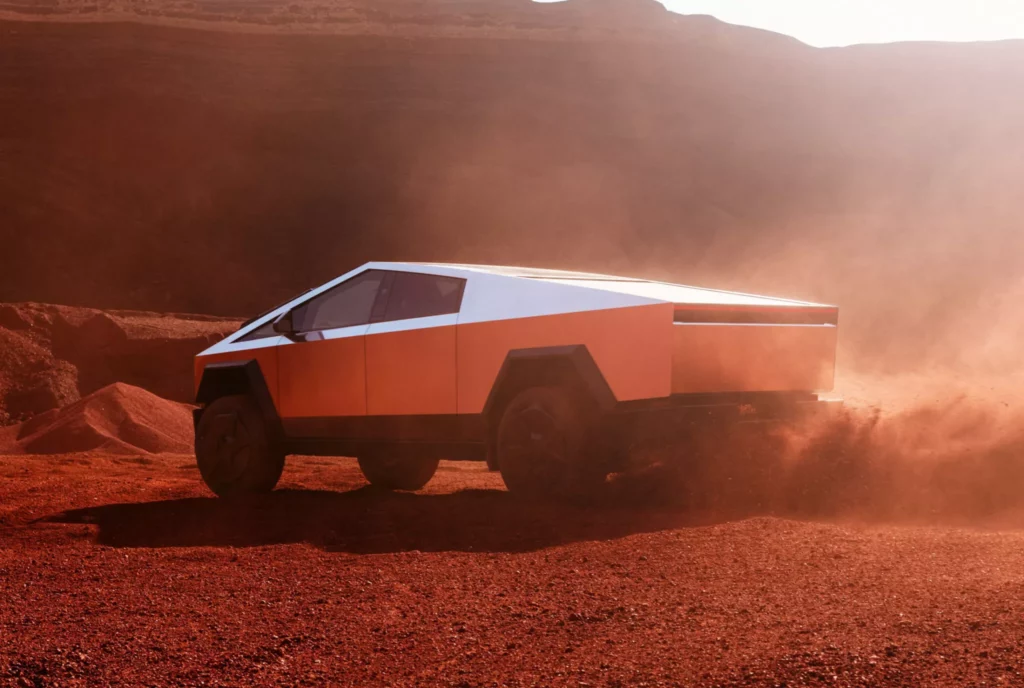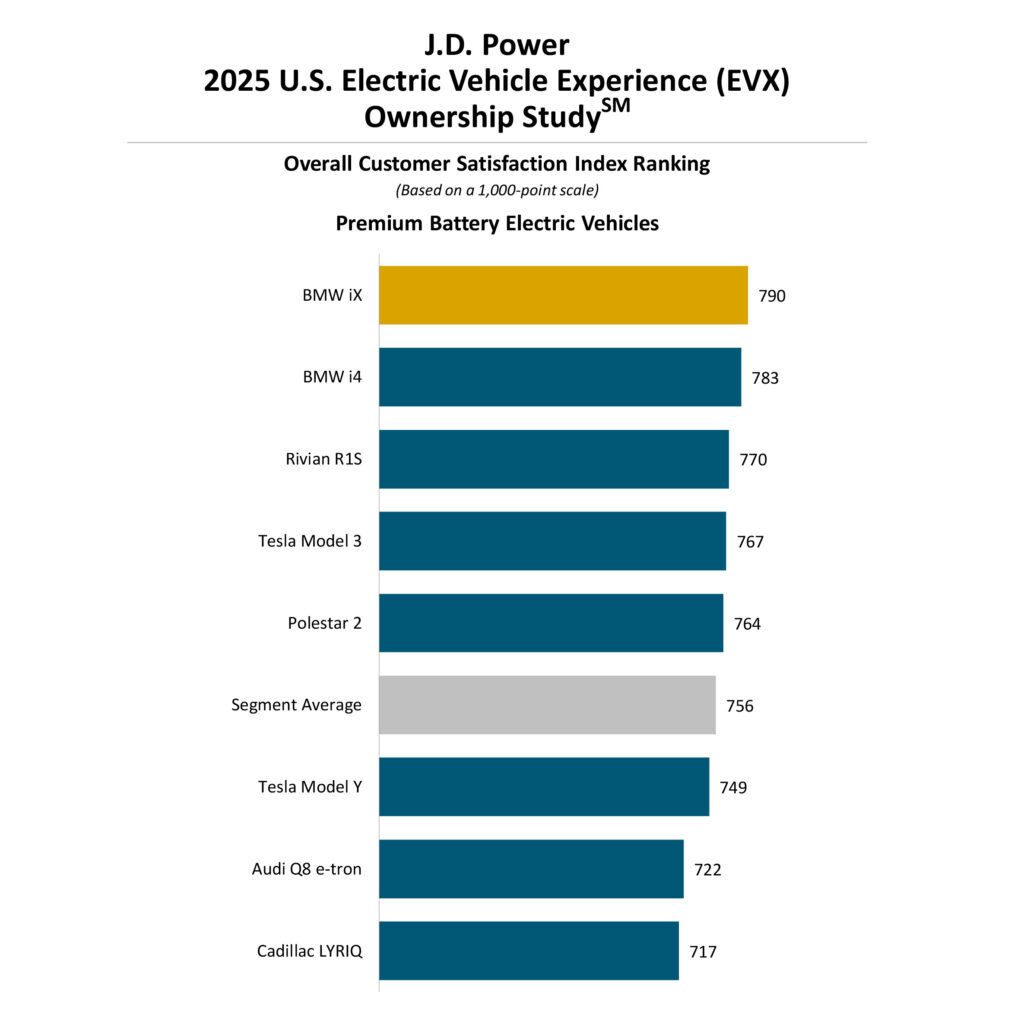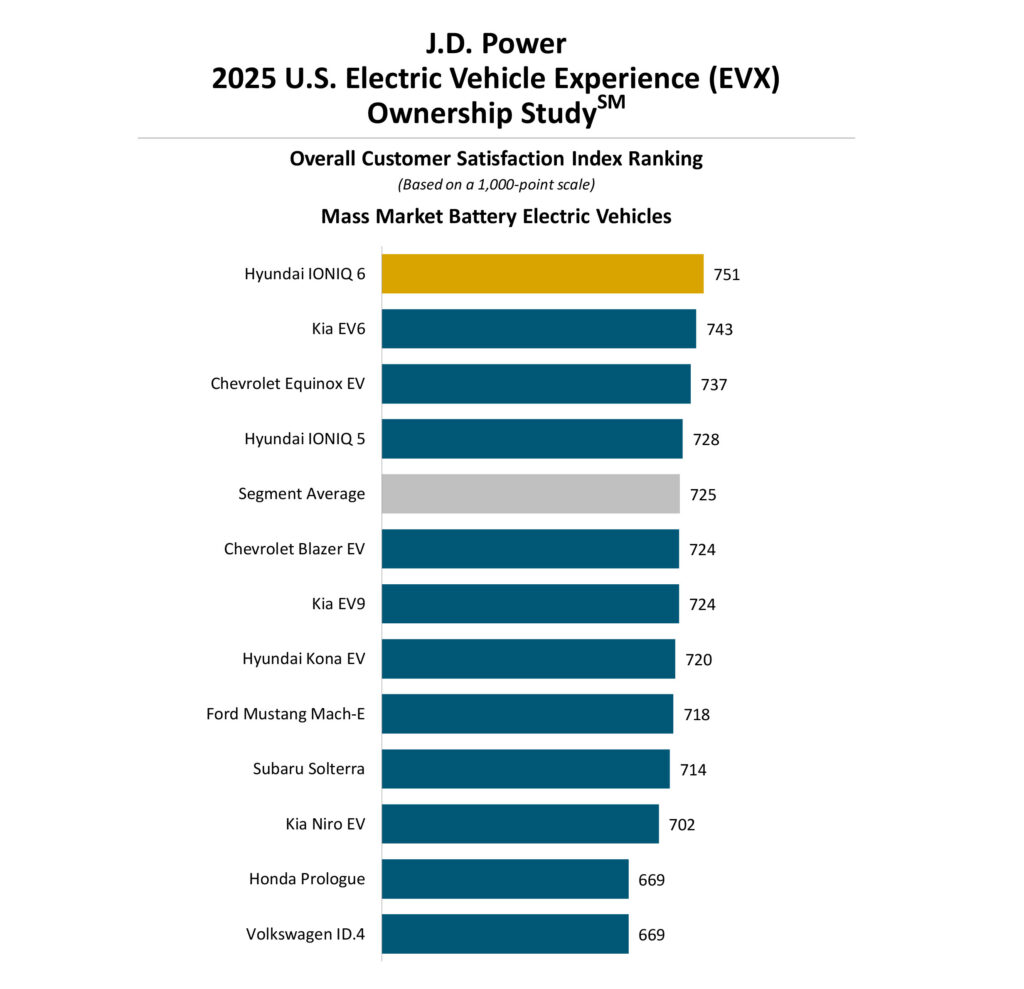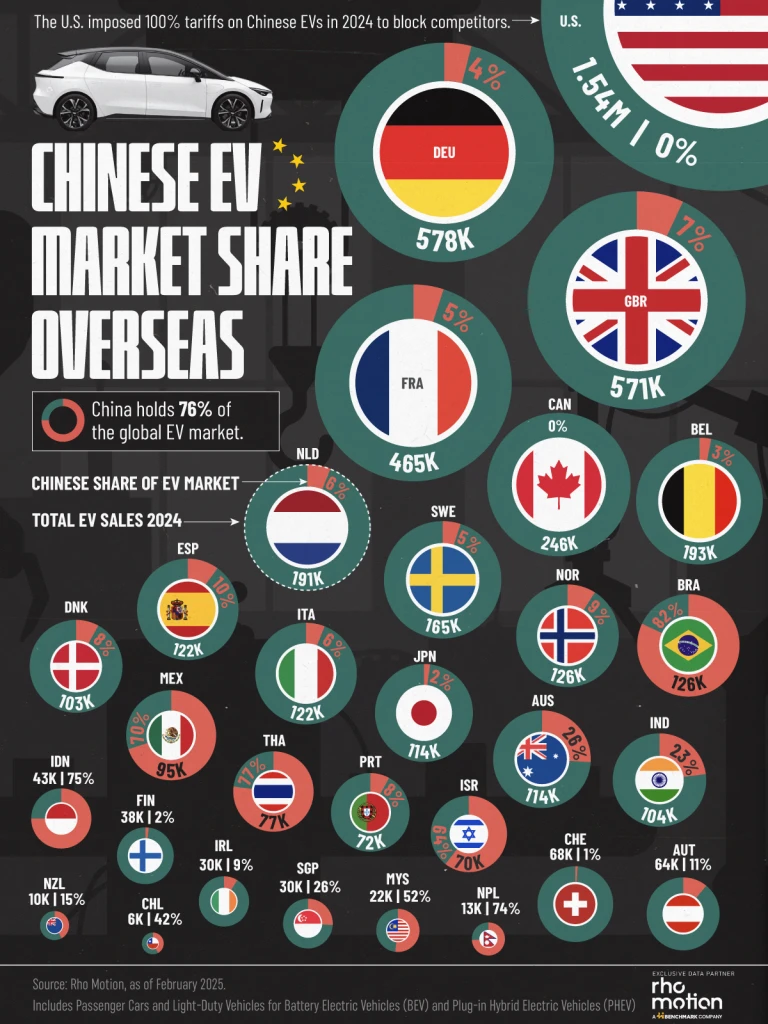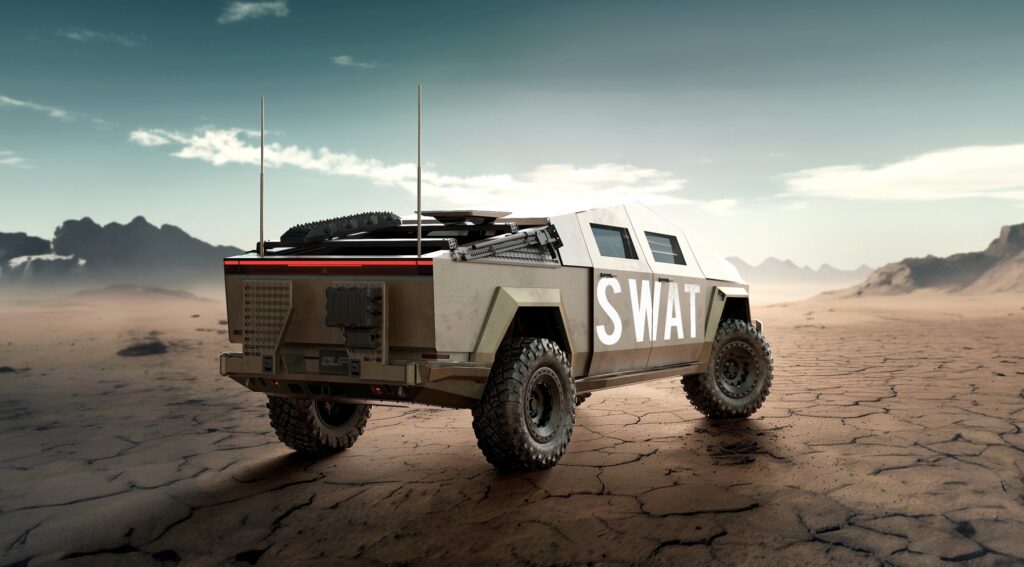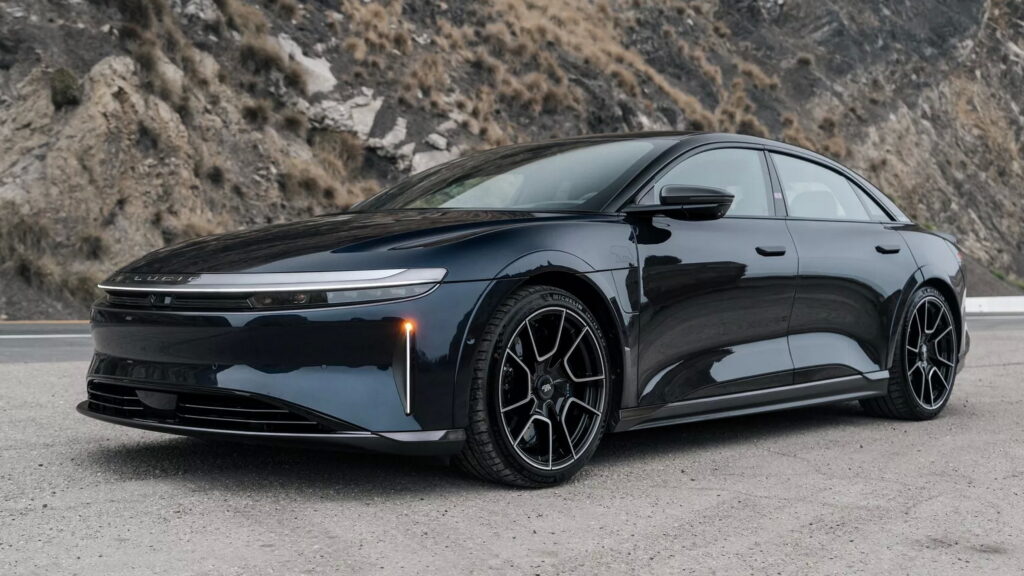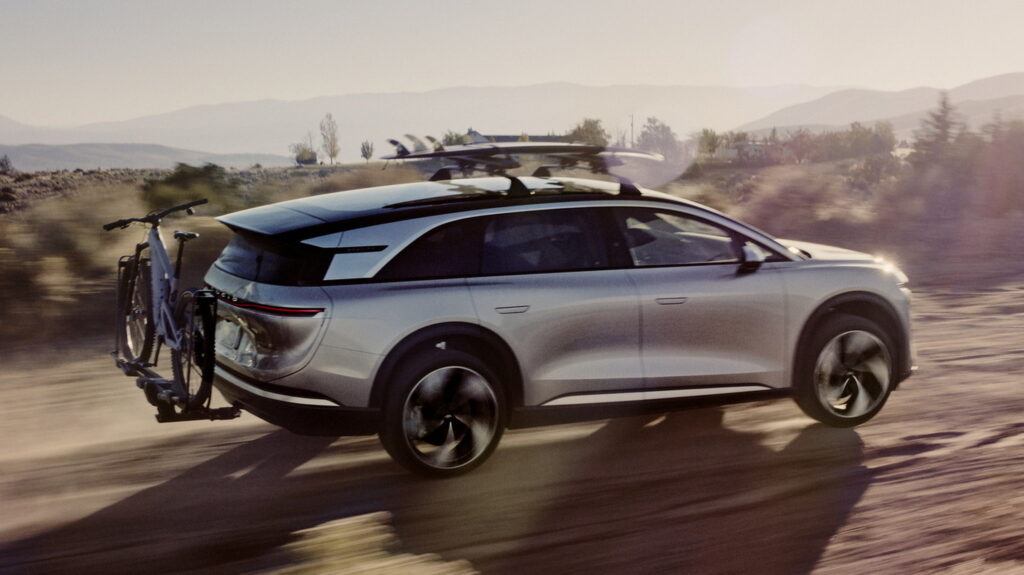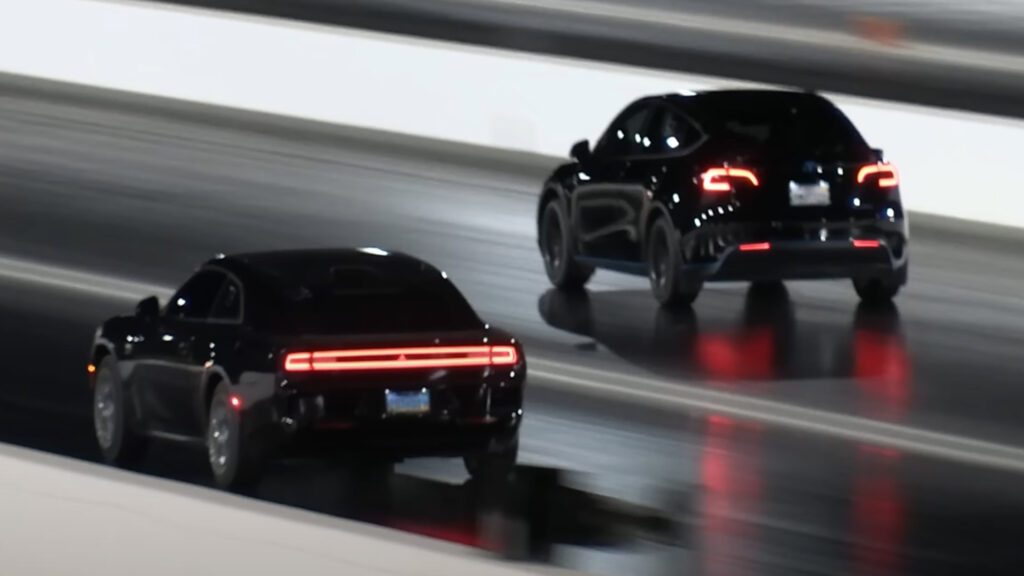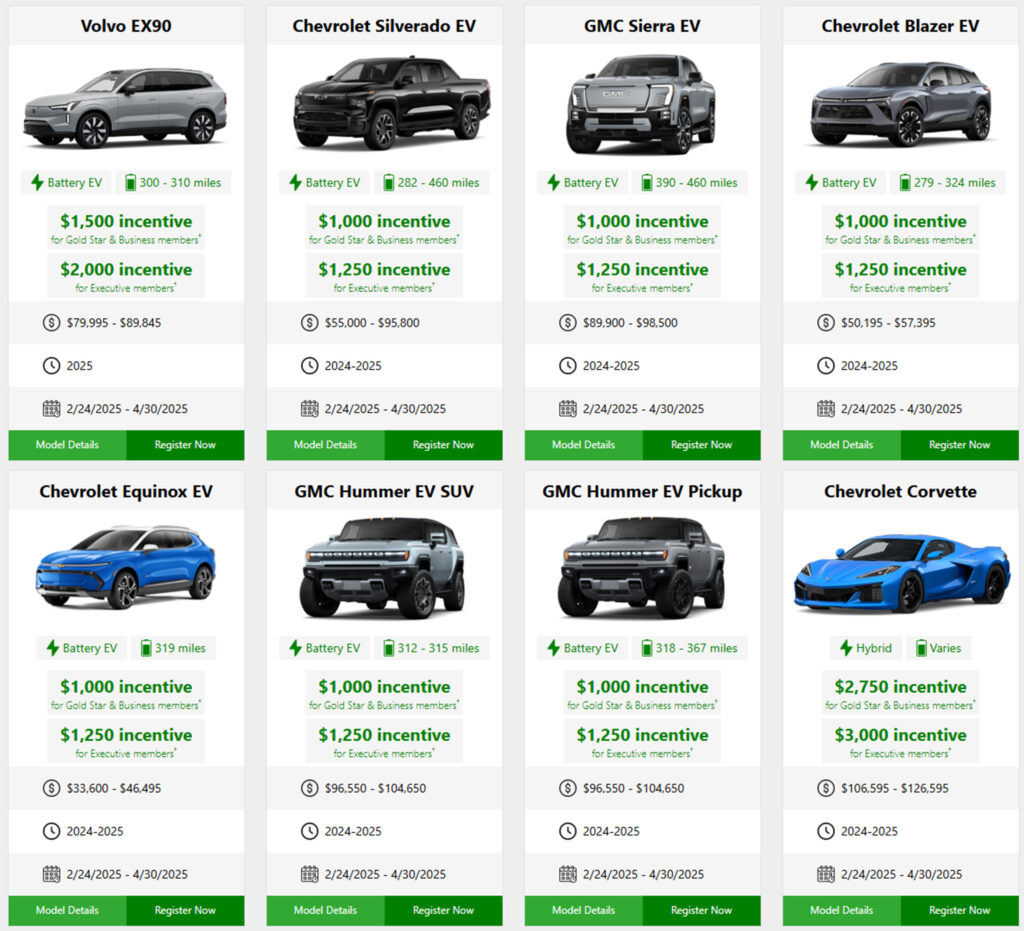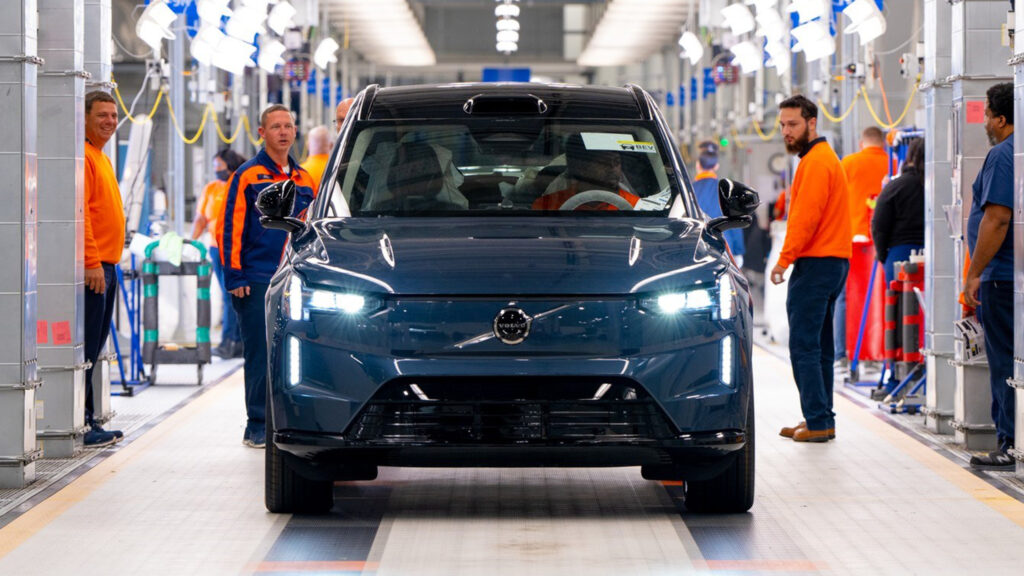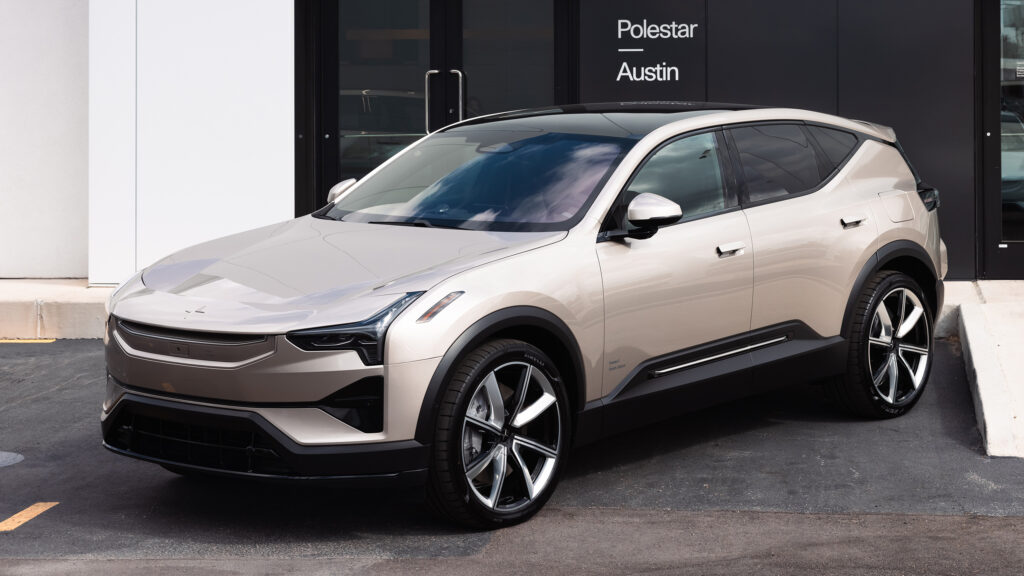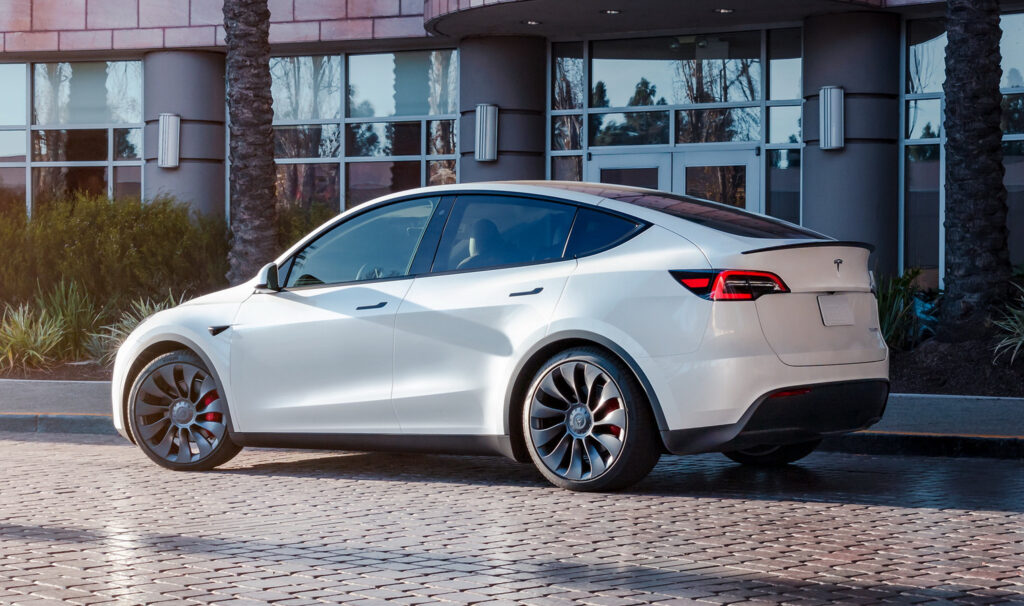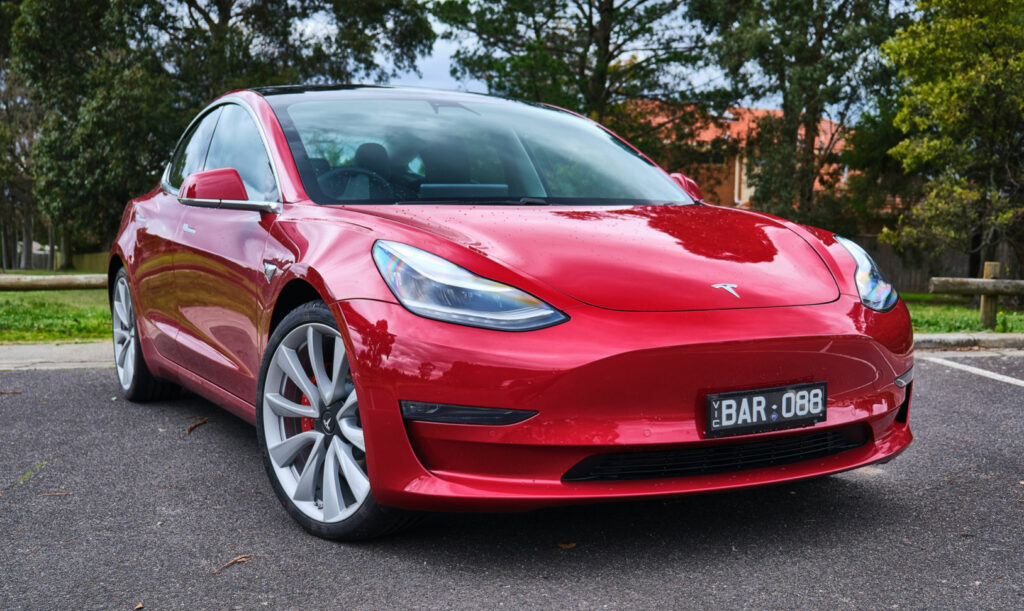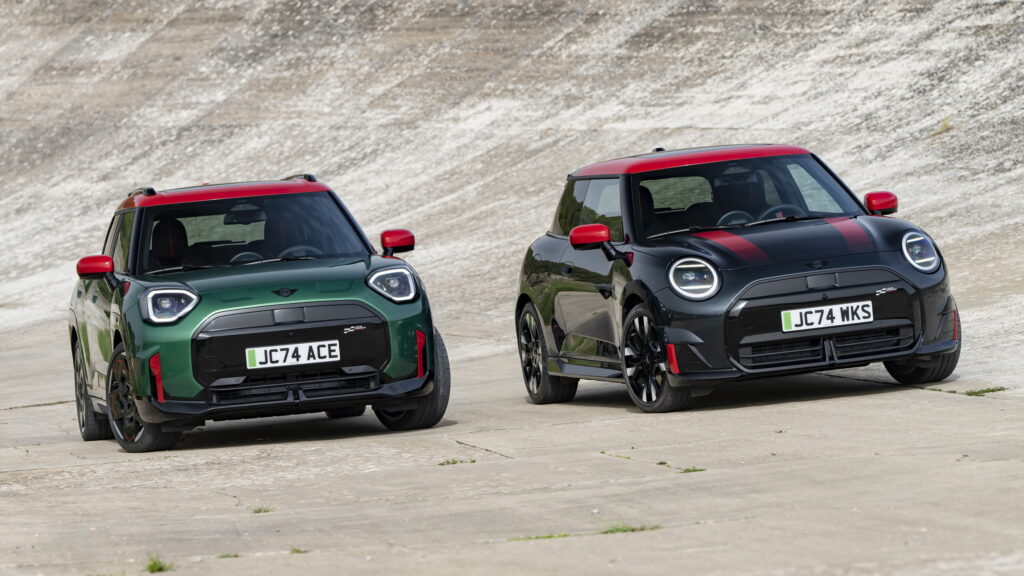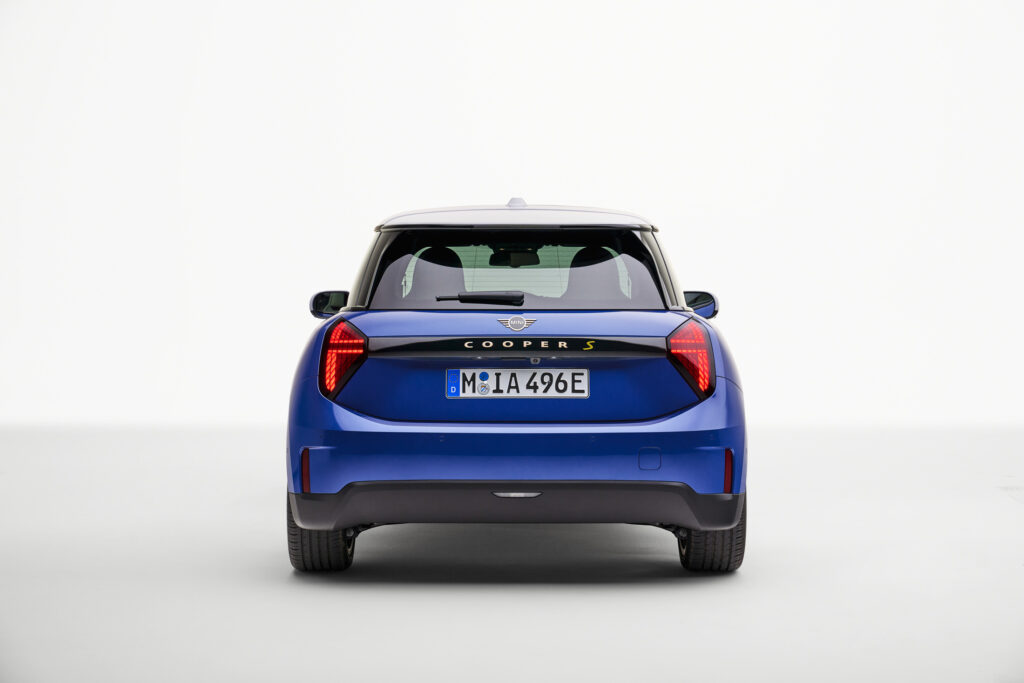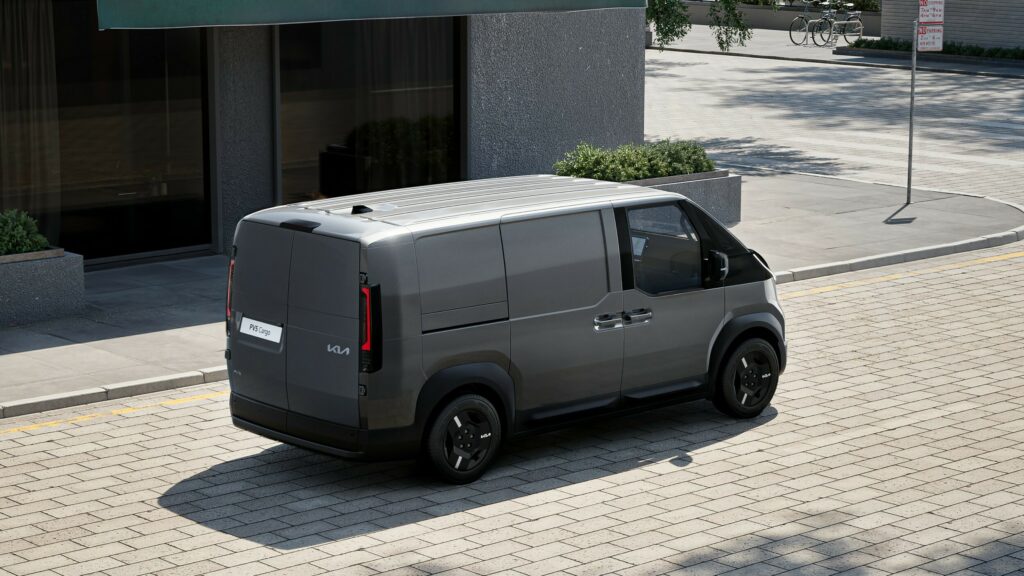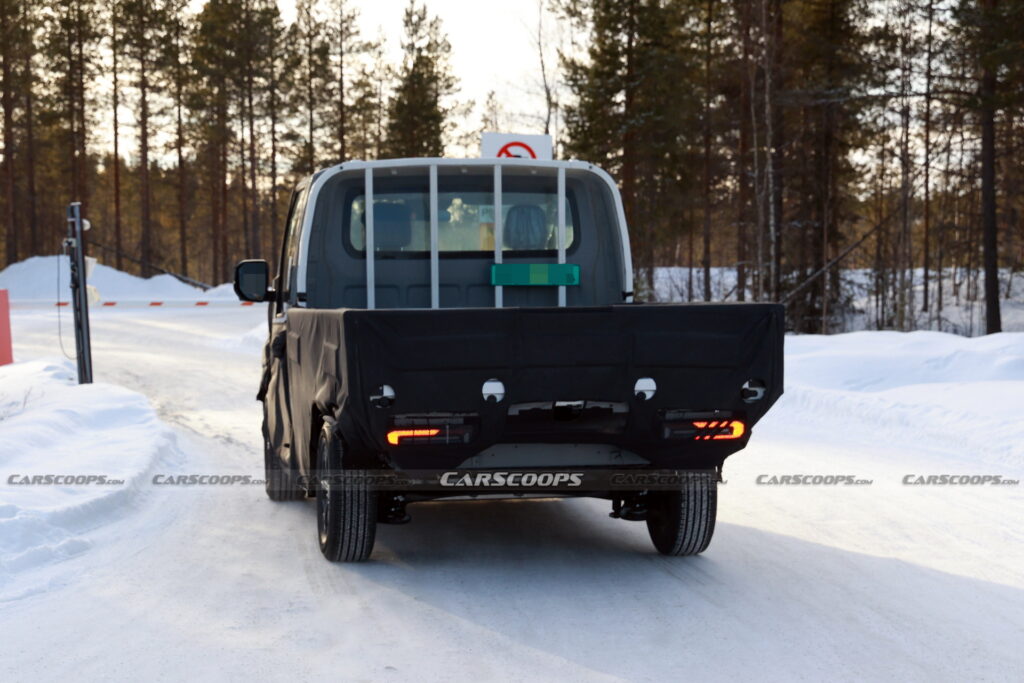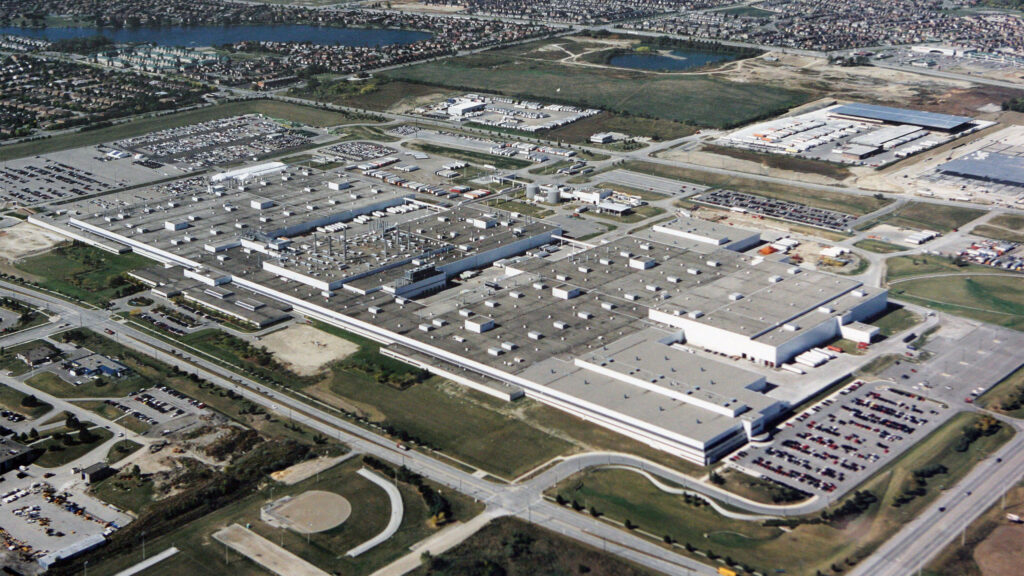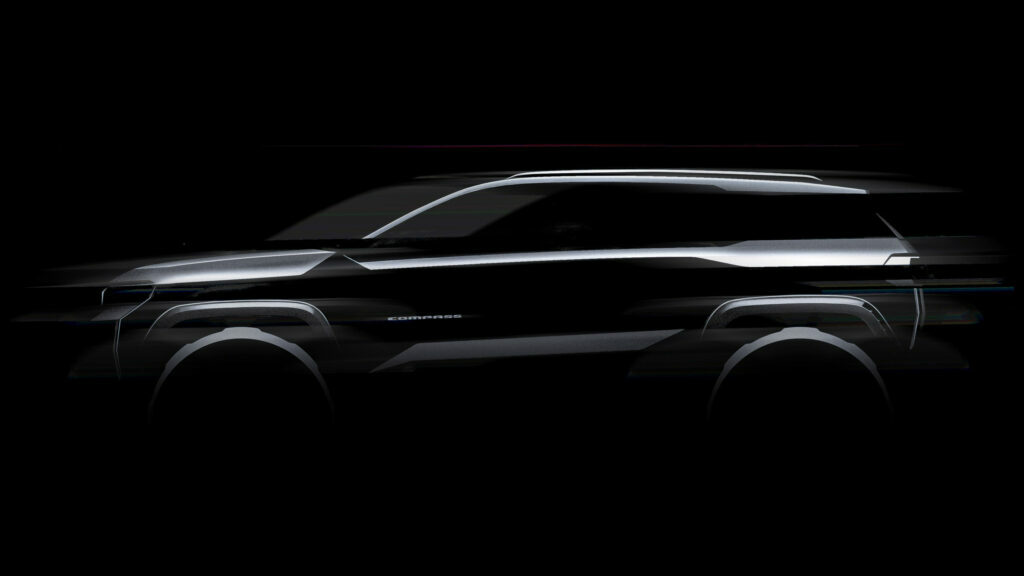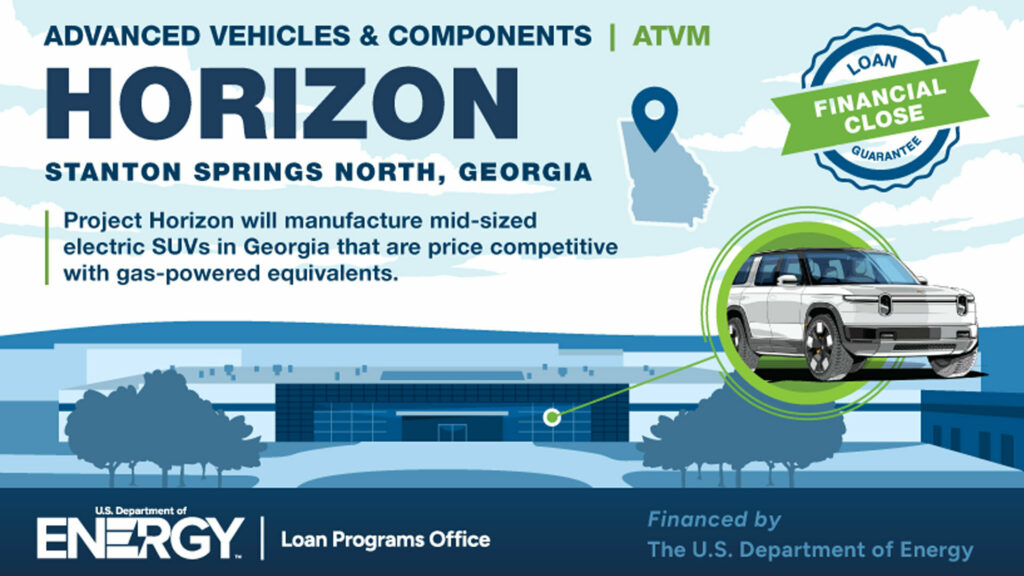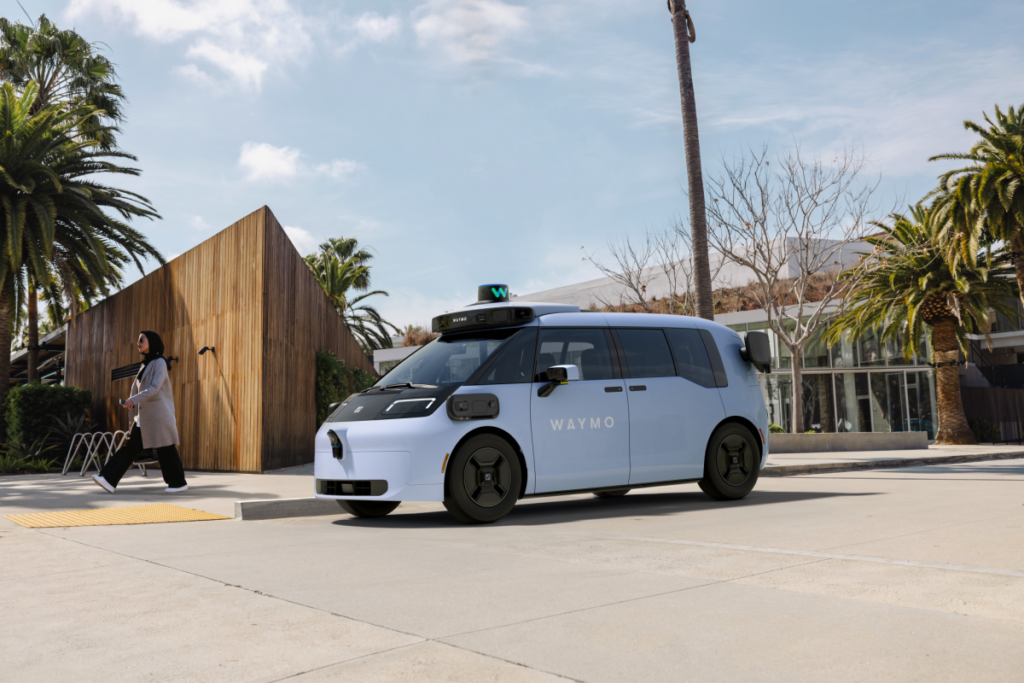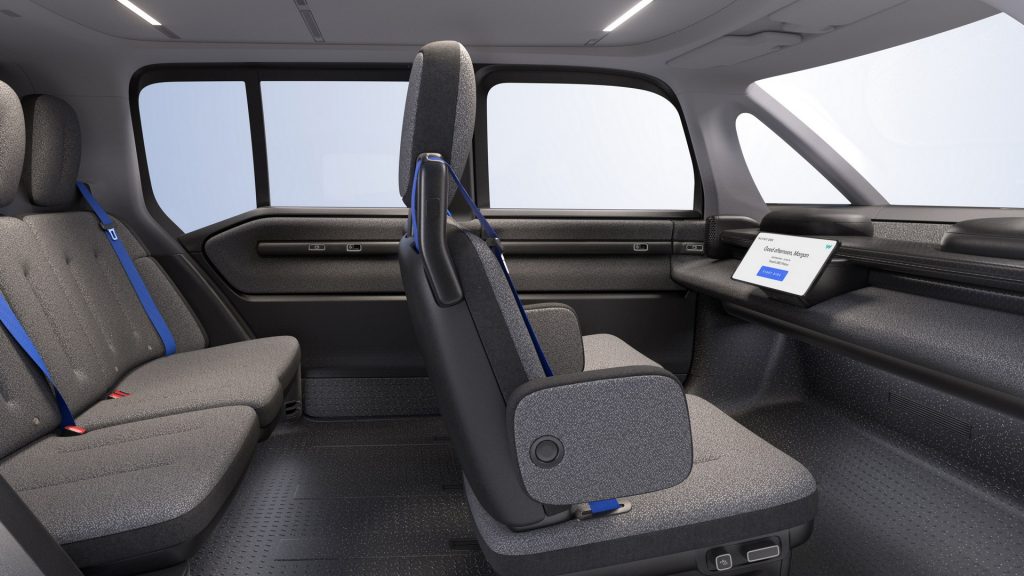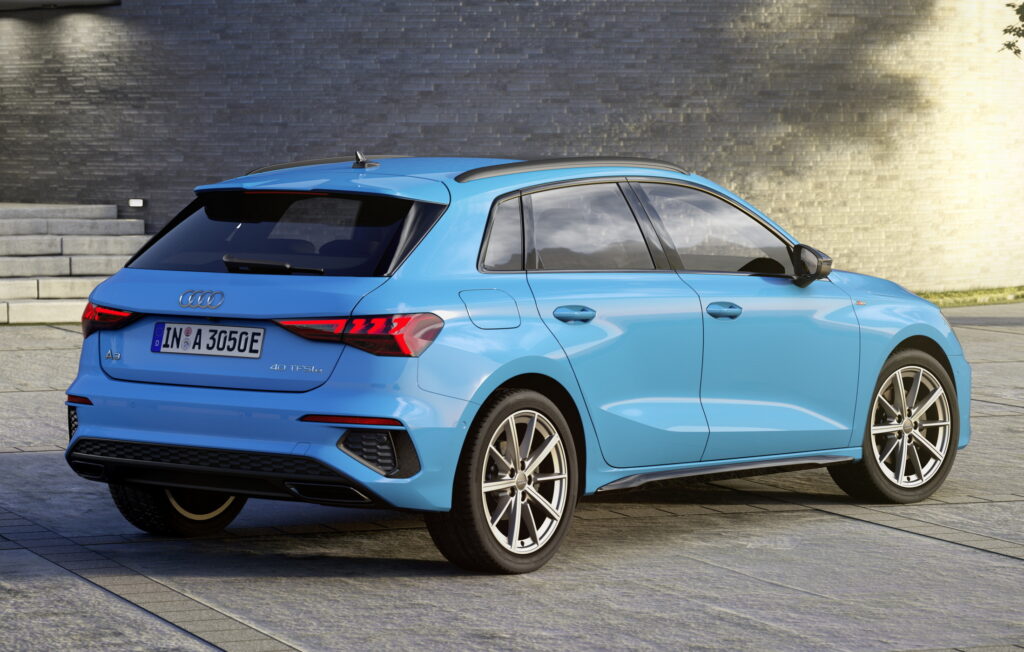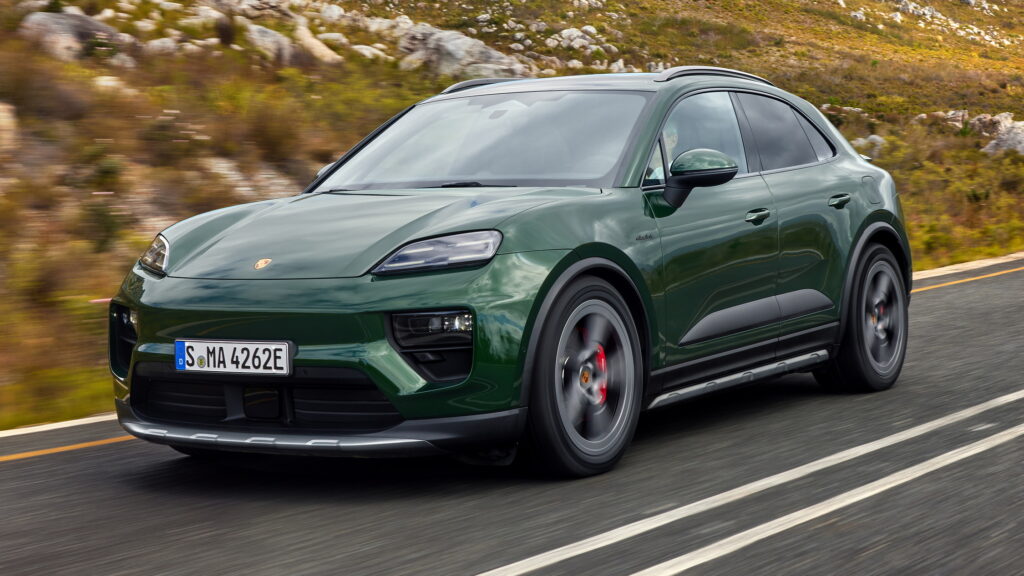Cybertruck Driver Attacks Minor After He Allegedly Cut Him Off
- A 72-year-old man attacked a teenager after a road rage incident in Grand Cayman.
- The altercation involved a Cybertruck and a Hyundai Kona merging into the same lane.
- The incident sparked public debate about the treatment of expats versus local Caymanians.
Road rage incidents are nothing new, but when they involve a Tesla Cybertruck, an elderly businessman, and a 17-year-old, they’re bound to make headlines, even in a place as laid-back as the Cayman Islands. A 72-year-old man is now at the center of a police investigation after being caught on camera attacking a motorist who reportedly cut in front of him and his Tesla Cybertruck. While police arrested the 17-year-old involved, the older driver walked away with just a warning, something that didn’t sit well with locals.
The altercation occurred about a week ago on Grand Cayman. According to local reports, Larry McGean was driving his Tesla Cybertruck with his wife when a teenage driver in a Hyundai Kona merged into his lane. McGean allegedly had to slam on the Tesla’s brakes to avoid a collision and didn’t take too kindly to the driving of the 17-year-old.
Watch: Road Raging Range Rover Driver Crashes After Flipping Off Motorist
According to the Cayman Marl Road, McGean approached the driver of the Kona. Footage shared on social media shows the expat in a heated argument with the young Hyundai driver before McGean appears to open the door and lunge toward him. Although the next moments are unclear, it seems that as McGean forced his way into the cabin, the teenager quickly put him in a chokehold.
🚨 EXPAT IN CAYMAN ATTACKS MINOR IN ROAD RAGE INCIDENT, USES RACIAL SLURS 🚨
byu/dontfeedthechickens1 inCaymanIslands
An ambulance that was passing by at the time stopped and the crew helped to separate the two men. McGean’s face was cut in the incident. Despite allegedly being the aggressor, he was let off with a warning for intended prosecution of Common Assault. In contrast, the 17-year-old driver of the Hyundai was arrested on suspicion of Assault Causing Bodily Harm.
Local police are appealing to motorists who witnessed the scuffle to get in contact with them and to provide any useful information they can. However, authorities have come under fire from many locals for not yet arresting McGean, despite footage showing his involvement in the fight. It has also raised broader concerns about how wealthy expats are treated compared to local Caymanians.
The incident continues to attract attention both online and locally, with many awaiting further updates from the police investigation.
